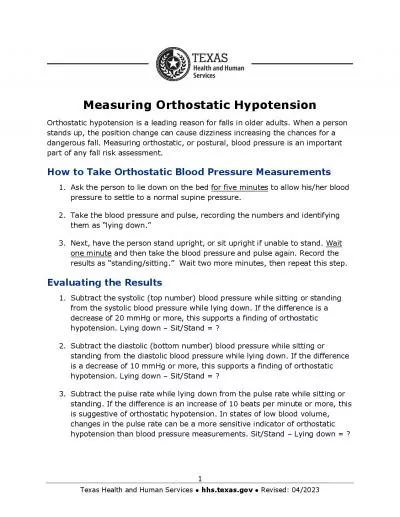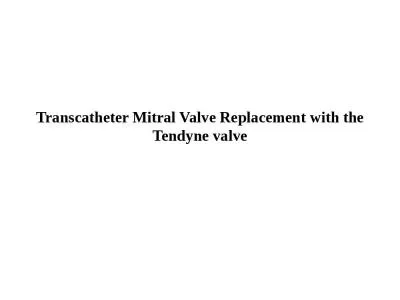PPT-I ntrathoracic pressure regulation to treat intraoperative hypotension: A phase II pilot
Author : stefany-barnette | Published Date : 2018-02-27
Source European Journal of Anaesthesiology June 2015 Volume 32 Issue 6 p 376 380 httpjournalslwwcomejanaesthesiologyFulltext201506000 Intrathoracicpressureregulationtotreat3aspx
Presentation Embed Code
Download Presentation
Download Presentation The PPT/PDF document "I ntrathoracic pressure regulation to ..." is the property of its rightful owner. Permission is granted to download and print the materials on this website for personal, non-commercial use only, and to display it on your personal computer provided you do not modify the materials and that you retain all copyright notices contained in the materials. By downloading content from our website, you accept the terms of this agreement.
I ntrathoracic pressure regulation to treat intraoperative hypotension: A phase II pilot: Transcript
Download Rules Of Document
"I ntrathoracic pressure regulation to treat intraoperative hypotension: A phase II pilot"The content belongs to its owner. You may download and print it for personal use, without modification, and keep all copyright notices. By downloading, you agree to these terms.
Related Documents

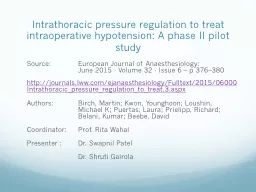
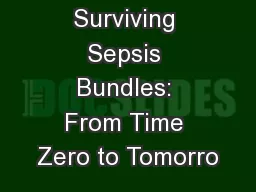
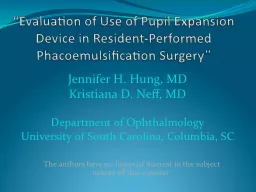
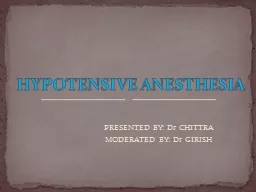
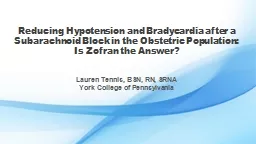
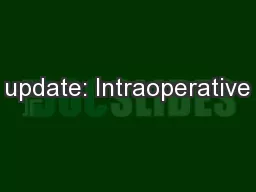
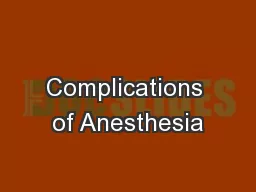
![[EBOOK] - FAA-CT-8080-2H Airman Knowledge Testing Supplement for Sport Pilot, Recreational](https://thumbs.docslides.com/903261/ebook-faa-ct-8080-2h-airman-knowledge-testing-supplement-for-sport-pilot-recreational-pilot-remote-pilot-and-private-pilot-g.jpg)

